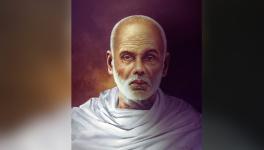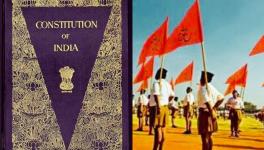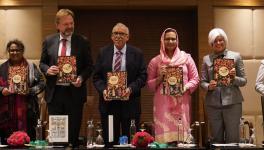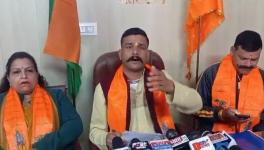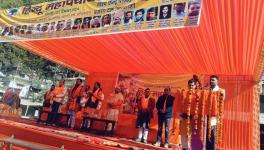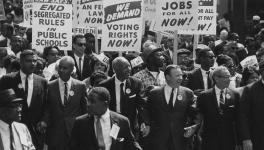Social Reform in India and the Intellectual Rebellion of Women
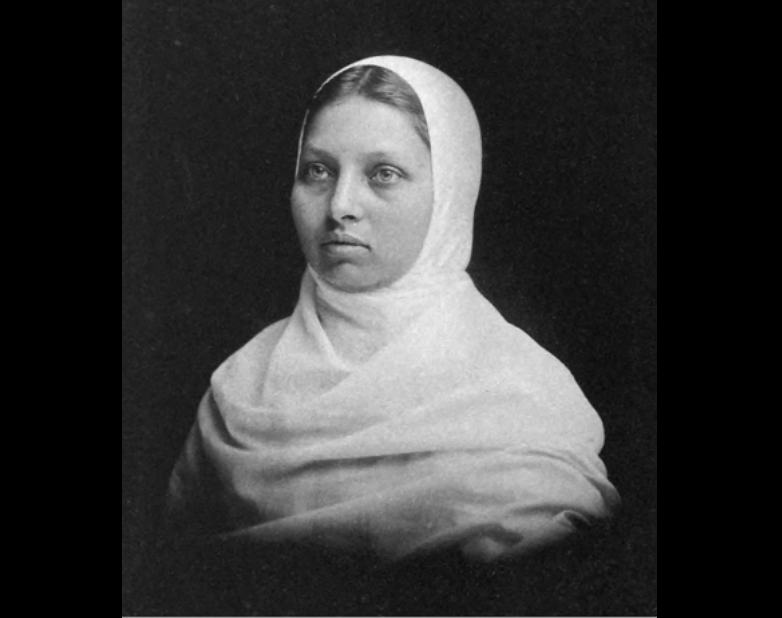
April 2022 was a historic month for India, and not just because celebrations of Mahatma Jyotirao Phule and BR Ambedkar’s birth anniversaries were more visible than ever. April 5 was also the death centenary of Pandita Ramabai, India’s first modern woman social reformer from the Brahmin community. If Phule’s Gulamgiri, or Slavery, was the first-ever Shudra intellectual work, which initiated the process of liberating them and the Ati-Shudra or Dalit communities, Ramabai’s The High Caste Hindu Woman, published in 1887, started the modern rebellion of Brahmin women against a millennium of Brahmanical patriarchy. Importantly, Mahatma Phule and social reformer Savitribai Phule had supported Ramabai’s struggle for gender equality. Contemporary Shudra, Dalit, and Adivasi intellectuals and activists owe their achievements to the reform movement Ramabai started.
The ruling RSS-BJP combine looked the other way while people marked Ramabai’s death centenary in many parts of the country, for she had converted to Christianity and challenged the rosy picture of Hinduism that Vivekananda presented in America. However, in Maharashtra, the Shiv Sena-Congress party coalition government prominently observed the day.
In recent times, two Brahmin women have written critical books that follow in the footsteps of Ramabai’s heritage and tradition. These books are bound to play a crucial role in anti-caste and gender equality movements in India. Wandana Sonalkar wrote Why I am Not a Hindu Woman (Woman Unlimited, October 2020) and Gita Ramaswamy wrote her memoir, Land, Guns, Caste, Woman (Navayana, April 2022). Many Brahmin English-educated women writers emerged in earlier times as well, especially during the freedom movement and the feminist movement of the 1970s and eighties. Many became celebrated writers and thinkers, such as Sarojini (née Chattopadhay) Naidu and the America-settled theoretician Gayatri Chakravorty Spivak. But they were silent on what Brahmin life is all about within society, the religious system, and especially in the context of family.
In 1996, after I wrote Why I am Not a Hindu, many Brahmin intellectuals treated it as a meaningless book written by a Shudra who did not know how to write. Hindutva intellectuals demanded its withdrawal from the syllabus of Delhi University for the same reason. But today, Sonalkar and Ramaswamy are strengthening the intellectual resources of change-makers. The feminist school also produced many Brahmin-born women intellectuals who made the ‘personal is political’ methodology of Western feminists their own. However, they did not open the can of worms of Brahmanism, which creates and sustains caste and is the source of India’s anti-production culture and civilisation.
It is important to note that the intellectual presence of Brahmin women in modern India and the world is because they were educated in English, not Sanskrit, nor any other Indian language. Though Ramabai was a Sanskrit pundit, if she had not gone to England, and from there to America, she would not have acquired the ideas of freedom and equality or written her book. Access to English-language education exposed her to a different world-view that allowed her to commit to the cause of liberating women from moribund Indian Brahmanism. Equally, but for their English education, Sarojini Naidu and Gayatri Spivak would not have become a poet and a thinker, respectively. They, too, did not fight intellectual battles with Brahmanism and its mythical world-view, which has implications for the entire caste-based order.
However, Sonalkar and Ramaswamy’s books hit the proverbial nail on the head of Brahmanism. They reveal how their households constructed a spiritual prison for women, where a hell for Dalits and Shudras was forged. Such a prison-family moulds girl children, right from their formative years, in a moral and ethical code that accepts human slavery. This code was—and is—never exposed to the world outside the family.
Such a family did not only ensure women remained illiterate—so long as Sanskrit was the only spiritual language, illiteracy was the only choice. It also unleashed and imposed innumerable superstitions that have had disastrous consequences for family, society and nation. India suffered for millennia because of this family, caste and social system.
If women had not gained access to education in English-medium schools in the post-colonial times—for a newly-formed State was offering them jobs at the time—Brahmin women would have been worse off than Shudra women. After all, the productive world was open to Shudra women; they could rebel against oppressive fathers or husbands, earn a wage and live alone in the village. Brahmin women had no such option.
Post-colonial English education in big Indian cities produced many Brahmin English-educated women intellectuals. Yet, hardly any dared fight their English-educated man’s world by critiquing Brahmanism and its history. Their family and caste history remained “maya” or illusory until Sonalkar and Ramaswamy told us what went on inside the prison cells of their families. This history is essential to annihilate caste and abolish male-female inequality in India. The RSS does not want these prison locks opened because that structure is male controlled—that too, Brahmin male-controlled. This family prison is part of the parampara or tradition they wish to bring back and sustain.
Ramaswamy was more forthright in her battle, which began in her early teens while living in Madras. No Brahmin male reformer was present there, unlike Ishwar Chandra Vidyasagar and MG Ranade in Calcutta (now Kolkata) and Bombay (now Mumbai).
In Madras, too, it is Periyar’s DK movement that brought Christian school education to Brahmin men and women. Of course, central government jobs were waiting for them. If not for Periyar, they would not have been where they are today. Kamala Harris (mother, Shyamala Gopalan) and Indra Nooyi (née Krishnamurthy) are by-products of this education process, which brought them to the pinnacle of life in the western world. They must all be thankful for the struggle waged by Periyar, whom their men back home hate.
Ramaswamy narrates a fascinating story about how she was a “Brahmin at home and Catholic at school”. Home injected superstitions and myths into her mind, all geared to make her an enslaved woman in the hands of a future English-educated Brahmin husband. On the other hand, the school injected science and rationalism into her thinking. She realised that two opposite worlds lay before a girl with four female siblings and being raised under the supervision of an educated and employed father-patriarch and an always subservient mother steeped in ritualistic myths. At 13, Ramaswamy took the battle straight into the pooja room by touching the idols while she was being kept out as an untouchable during menstruation. The Christian school did not convert Ramaswamy to Christianity but created a rebel against Brahmanism at home and in the caste system. It put her on the path of a self-respecting human journey.
In the past, many Brahmin women intellectuals got liberated because of English medium education and became communist or feminist scholars. Their careers flourished, but without them ever serving up papers and articles about their Brahmin-ness within. And Brahmin male intellectuals, whether educated abroad or in India, guarded the can of worms that lay in their homes, castes and cultural heritage. This allowed Brahmanical Hindutva to grow to its present level. The Dalit, Adivasi, and Other Backward Class movements could not use a single book of theirs in their fight for a caste-free India. Yet today we have Why I am Not a Hindu Woman and Land, Guns, Caste, Woman, both potent weapons in the fight against Hindutva Brahmanism and historical Brahmanism.
The author is a political theorist, social activist and author. His book, Why I am Not a Hindu, inspired a range of new generation Shudra, Dalit, Adivasi and women writers. The views are personal.
Get the latest reports & analysis with people's perspective on Protests, movements & deep analytical videos, discussions of the current affairs in your Telegram app. Subscribe to NewsClick's Telegram channel & get Real-Time updates on stories, as they get published on our website.









